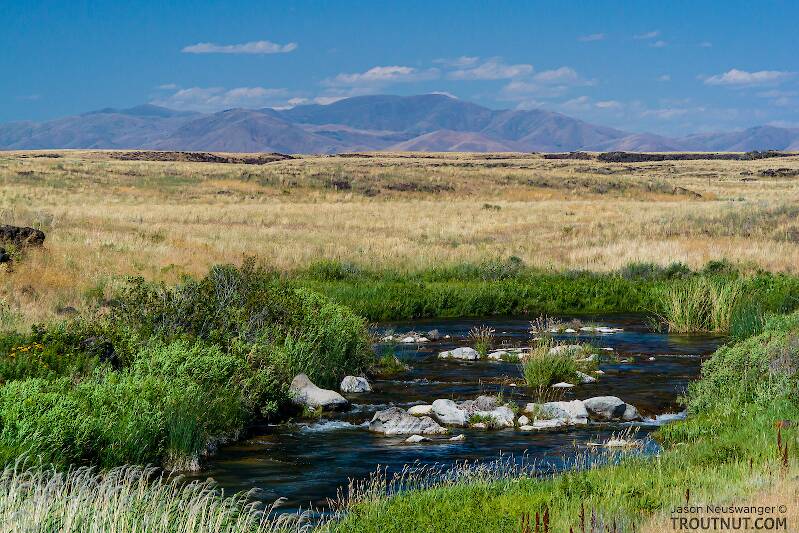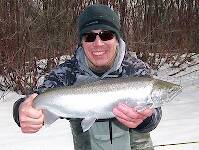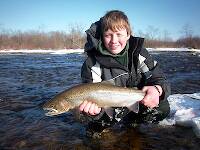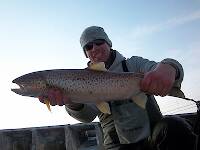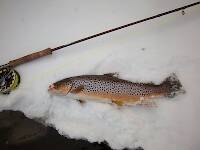
Blue-winged Olives
Baetis
Tiny Baetis mayflies are perhaps the most commonly encountered and imitated by anglers on all American trout streams due to their great abundance, widespread distribution, and trout-friendly emergence habits.
Featured on the forum

Troutnut is a project started in 2003 by salmonid ecologist Jason "Troutnut" Neuswanger to help anglers and
fly tyers unabashedly embrace the entomological side of the sport. Learn more about Troutnut or
support the project for an enhanced experience here.
Closeup insects by Bnewell from the Touchet River in Washington
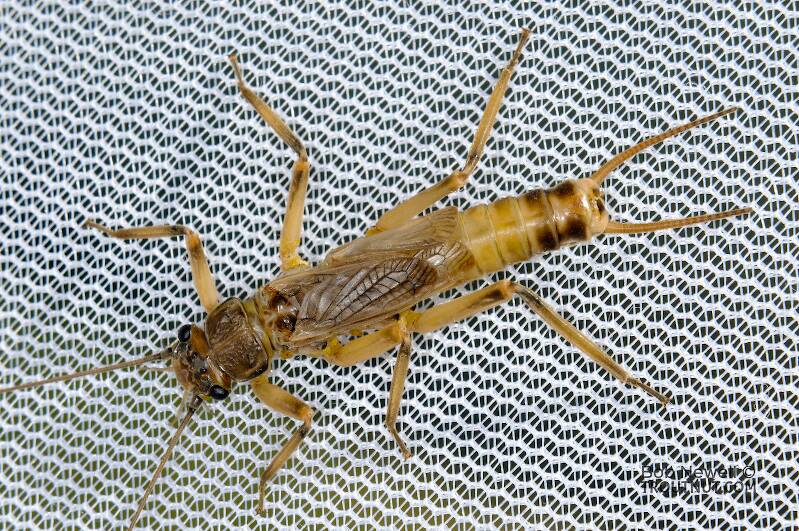
The males have these abbreviated wings. I doubt they can fly but they can run faster than any stonefly I have seen. The also have an interesting habit of jumping.
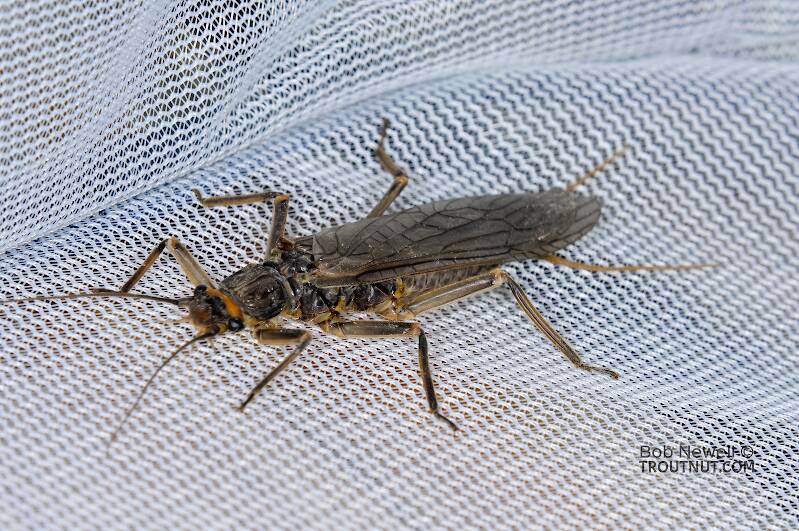
I think this is one of the most poorly understood of the golden stoneflies. It is rare to see any articles about it or fishing the hatch. It emerges late in summer usually on medium to large rivers.The adults are quite secretive but it is something to see the adults run across the water surface. These guys can really run. The males have short wings.The females are up to 1 1/4 inch long rivaling the salmonfly as the largest adult stonefly in the west.The adults are not real golden in color, especially the females which are more of an off yellow to off white abdomen. In handling the adults it is obvious that they shun direct sunlight. I find them by turning over rocks close to the water's edge.
Quick Reply
Related Discussions
Topic
Replies
Last Reply
3
Mar 30, 2012
by Entoman
by Entoman
5
May 10, 2011
by Flatstick96
by Flatstick96
3
Feb 12, 2009
by Creno
by Creno
15
Jul 26, 2016
by TimCat
by TimCat
Re: Lots of new pictures to check out, coming online tonight/tomorrow
In General Discussion by Troutnut
In General Discussion by Troutnut
1
Oct 4, 2006
by Dinerobyn
by Dinerobyn

